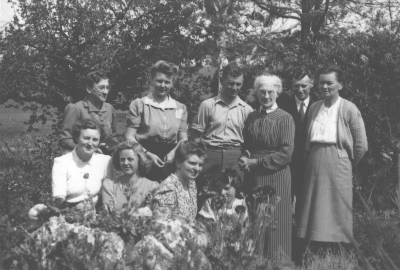Quilt No.249HS - Helen Sparkman

1660 x 1400mm
This functional quilt was made by Matilda Pitt (born Bowman) (1860-1953) who was the great grandmother of the present owner. It is thought to have been made about 1920 and has always been owned by members of the Pitt family. It is not used now.
"Matilda made these 3 quilts, probably in the early 1920s. Henry and Matilda Pitt and family lived at Stansbury S.A. until 1920 when they moved to a property at Balhannah S.A. The very cold winter in the Adelaide Hills created a need for extra night warmth, and so Matilda made 'rugs' for the family members, which by this time included grand children�����.As the description suggests , these quilts were quite heavy. The kitchen table provided an ideal work surface for these projects. These quilts represented very practical recycling, in an era when there was very little waste - even in the situation where there was no real need for thrift in this family. Matilda made quite a few quilts - the family members are fortunate to still have three of them."
[Helen Sparkman Dec. 2000]

Related Quilts:
1601 x 1525mm
2000 x 1450mm
2500 x 2130mm
2540 x 2370mm






